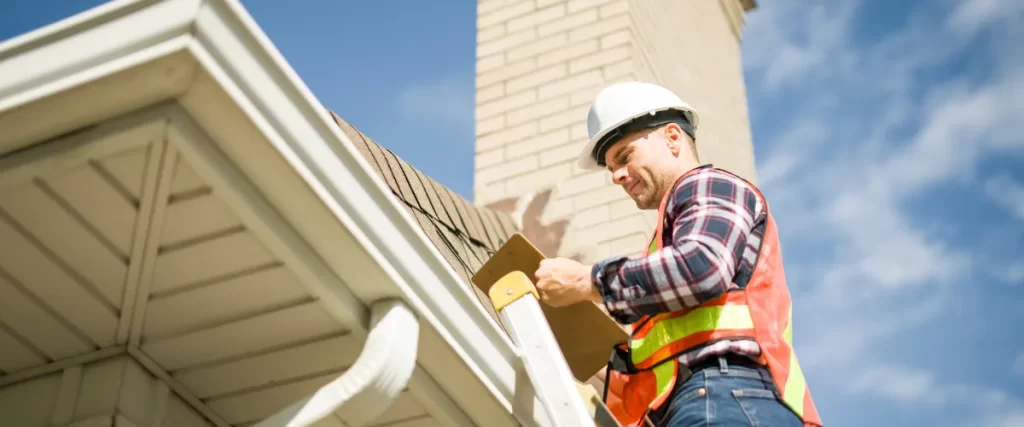If you’re thinking about building a custom home near the Raritan River, one question probably keeps coming up: “What about flooding?” You’re not alone. It’s one of the top concerns for anyone looking to build along this historic and beautiful but sometimes unpredictable waterway.
Between changing weather patterns, stricter zoning laws, and rising insurance costs, understanding flood zones and proper foundation planning isn’t just smart—it’s essential.
The good news? With the right knowledge and a solid plan, you can build a safe, secure, and stunning home right where you want it. Let’s dig into everything you need to know.
Why the Raritan River Region Demands Extra Attention
The Raritan River flows through central New Jersey and eventually empties into the Raritan Bay. It’s a vital part of the region’s ecosystem and economy, but it’s also been the source of major flooding events over the decades.
From Hurricane Floyd in 1999 to the devastating impacts of Hurricane Ida in 2021, the river has reminded us time and again of the power of nature.
Location-Specific Insight
- Towns like Bound Brook, Piscataway, and New Brunswick have a long history of flood-related issues.
- The Raritan River Basin spans over 1,100 square miles and includes urban, suburban, and rural zones—all affected differently by stormwater runoff.
- According to FEMA flood maps, large portions of land near the river fall within Special Flood Hazard Areas (SFHAs)—which directly impacts how and where you can build.

Understanding Flood Zones: What They Mean for You
Before you lay the first brick, you need to know what kind of flood zone your land sits in. This determines everything from how high your foundation must be to what kind of insurance you’ll need.
FEMA Flood Zone Categories
- Zone AE: High-risk flood area. Elevation certificates required. Building codes are strict.
- Zone X (shaded): Moderate risk. Insurance isn’t required, but flooding can still happen.
- Zone X (unshaded): Minimal risk. Least restrictive for building but not totally immune.
- Zone VE: Coastal flood zone (not common near the Raritan, but relevant downstream). Very high risk.
You can search your flood zone at FEMA’s Flood Map Service Center.
Foundation Planning for Flood-Prone Areas
So, you found the perfect lot—but it’s in Zone AE. Don’t panic. With the right foundation planning, you can build a home that’s both beautiful and flood-resilient.
Types of Foundations to Consider
1. Pier and Beam (Elevated Foundations)
- Ideal for flood zones.
- Home is elevated on pilings, keeping the structure above Base Flood Elevation (BFE).
- Allows water to flow underneath without damaging the home.
2. Slab-on-Grade
- Not recommended for high-risk flood zones.
- Suitable in low-risk areas with proper grading and drainage systems.
3. Crawlspace
- Common in moderate flood areas.
- Must be properly vented and elevated to avoid moisture issues.
4. Basement Foundations
- High risk in flood zones unless extensively waterproofed and engineered.
- Often prohibited in AE zones unless mitigated with advanced systems.

Key Foundation Design Considerations
If you’re building near the Raritan River, you’ll want your builder and engineer to factor in:
- Base Flood Elevation (BFE): Your foundation must sit above this level to comply with building codes.
- Freeboard: Many towns recommend or require building 1–2 feet above BFE for added protection.
- Soil Conditions: River-adjacent soils are often loamy or silty—less stable than inland clay or rock.
- Hydrostatic Pressure: Your foundation should be designed to withstand water pressure during flood events.
- Materials: Use flood-resistant materials for foundation walls, insulation, and any crawlspaces.
Regulations, Permits, and Local Compliance
Before you break ground, you’ll need to deal with more than just blueprints. There’s a regulatory maze to navigate—and skipping steps can come back to haunt you.
Key Authorities to Know
- New Jersey Department of Environmental Protection (NJDEP): They oversee flood hazard area permits. Visit NJDEP’s Flood Hazard Area Control Act for specifics.
- Municipal Construction Offices: Each town (like Highland Park, Edison, or Bridgewater) may have additional ordinances.
- FEMA & National Flood Insurance Program (NFIP): Requirements for elevation certificates and insurance rates.
Be prepared to submit:
- Flood Elevation Certificate
- Site Plans with Grading
- Floodplain Management Application (in high-risk zones)
- Soil Erosion and Sediment Control Plan
Working with a builder familiar with Raritan River floodplain requirements can make this part so much smoother.
Insurance Implications: What You Need to Know
If your property is located in a Special Flood Hazard Area, flood insurance is required for most mortgages. And even if it’s not mandatory, getting coverage is often a smart move.
- NFIP Policies cap at $250,000 for structure and $100,000 for contents.
- Private Flood Insurance may offer higher limits or lower premiums, especially if your home is well-elevated.
Important tip: The elevation of your foundation directly affects your premium. Build smarter, pay less.
Site Preparation & Drainage Best Practices
Building near a river means you’re not just fighting floods—you’re planning around water behavior. A smart drainage plan is as important as a solid foundation.
Drainage Tips for Raritan River Homes:
- Grade the lot away from your home.
- Use French drains and swales to direct water.
- Install backflow valves on sewer lines.
- Elevate HVAC systems, electrical panels, and water heaters.
- Consider permeable pavers or gravel for driveways to reduce runoff.
Best Foundation System Manufacturers
Choosing the right foundation system means trusting a manufacturer who knows flood zones and can meet New Jersey building codes.
Top Manufacturers to Consider:
- Superior Walls: Precast concrete foundation systems built for moisture resistance and structural strength.
- Helical Piers by Chance: Ideal for elevating homes in unstable or flood-prone soils.
- Perma-Column: Concrete foundation piers reinforced with steel, built for long-term durability.
- Redi-Rock: Modular retaining walls and flood-resistant foundation components.
- Atlas Piers: Offers deep foundation systems tailored for residential flood zones.
FAQ: Building Near the Raritan River
Do I need a flood elevation certificate to build near the Raritan River?
Yes, especially if you’re in a FEMA-designated flood zone like AE or VE. It’s required for compliance and insurance.
Can I have a basement in a flood zone?
Generally not recommended. Many municipalities won’t allow basements in AE zones unless extensive mitigation is used.
What’s the safest type of foundation near the Raritan River?
Pier-and-beam or helical pier foundations are typically the safest and most flood-resilient.
Will I need flood insurance even if my home is elevated?
If you’re in a high-risk zone and have a mortgage, yes. Elevation can reduce your premium, though.
Can I build right on the riverbank?
In most cases, no. You’ll need a buffer zone due to NJDEP stream encroachment rules and potential environmental restrictions.

Final Thoughts: Plan Smart, Build Confidently
Building a custom home near the Raritan River is absolutely doable—if you go in informed. Flood zones and foundation planning aren’t just boxes to check. They’re the backbone of building safely, legally, and intelligently in one of New Jersey’s most dynamic regions.
When you work with a builder who understands the terrain, the risks, and the regulations, you don’t have to compromise. You get a home that’s both stunning and structurally sound, no matter what the river throws your way.
If you’re ready to talk foundation strategy, flood planning, or just want help understanding your property’s flood zone, contact us at (732) 913-0742, and kickstart your custom house building project. We’re here to help you build smarter—one solid foundation at a time.
